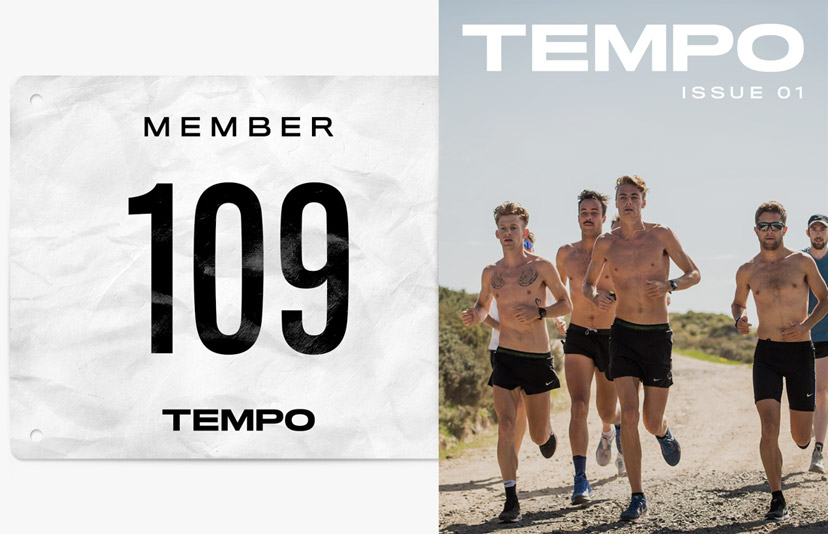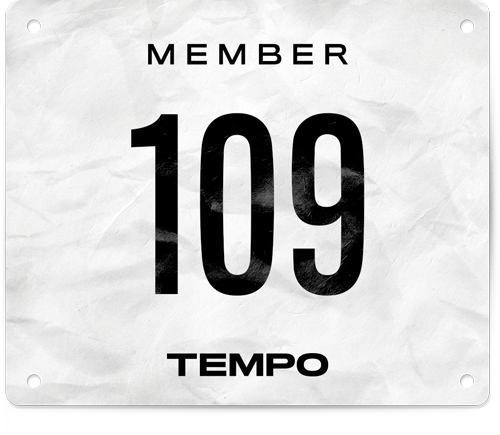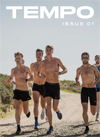Performance
Nike release the Vaporfly NEXT%
The follow up to the record breaking Vaporfly 4%
UPDATE: The Vaporfly Next% drops Thursday July 4th at selected Nike stores and The Running Company in very limited numbers (online drop is later in July). RRP is $340.
If you’ve watched a marathon in the last two years, you’ve seen it, and chances are you’ve seen it on the top step of the podium as well. The Nike Vaporfly 4% and Vaporfly Elite (the Elite is the shoe reserved for the best of the best, generally only a handful of Nike athletes race this shoe) have been dominant since they were thrust into the spotlight in May 2017, courtesy of the now famous Breaking2 attempt (in fact, the shoe was actually worn for almost 12 months before that as prototypes were tested in races around the world). The shoe with the chunky midsole and the flicked up toes has been everywhere from major marathons to small-town fun runs, and runners can’t get enough. We’ve even seen athletes with other brands spray paint their Vaporfly’s to try and avoid detection (Dubai Marathon 2019 if you’re curious).
Nike state that almost 64% of podium getters in the World Marathon Majors in 2018 were wearing Vaporfly technology. Take out the rain soaked Boston Marathon and that number goes up to 70%.
At a media event today in London ahead of the 2019 London Marathon this Sunday, Nike officially unveiled their next great marathon shoe – the Vaporfly NEXT%.
TEMPO were on hand for the launch of the shoe and to speak with Brett Holts, VP of Nike Running Footwear, and Elliott Heath, Product Manager and we’ve broken it down for you below. Let’s jump straight in.
Let’s start at the top - the thing you’re going to notice most by looking at the shoe is the upper.
Athletes who race in torrid conditions are still feeding back to Nike that previous iterations of the Vaporfly are holding too much water – some of you will remember that it was the rain soaked Berlin 2017 that fast tracked the Flyprint Vaporfly 12 months ago (in response to this, London decided to stage its hottest race ever). Well, Shalane Flanagan (and others including Galen Rupp) copped a deluge in Boston 2018, and this prompted Nike to take another look at the materials used on the upper.
We know Nike can keep water out – look at the Shield line up. But how do you keep water out while keeping the shoe light and offering breathability over the duration of a 2+ hour event?
The design team turned to the oceans for ideas on this one, with sail cloth ultimately being an inspiration for the end result.
The end product is what we now know as Vaporweave (which I’ve touched on briefly before and we got a sneak peek of in the new Zoom Fly 3) – a new material that is lighter than Flyknit, breathable, and doesn’t absorb water.
"Vaporweave is actually lighter than Flyknit to start with, but that weight difference grows throughout a race…
Vaporweave absorbs less than a 10th of the moisture that Flyknit absorbs throughout a race."
Elliott Heath
You’ll also notice an offset lacing pattern, which is designed to take pressure away from sensitive parts of the foot. This is something that isn't a huge issue in most running shoes - normally we have a thicker tongue and a padded layer where the eyelets are, but with the lightweight, minimal upper on this shoe, offsetting the laces to the lateral side became the best way to provide a lockdown fit without putting unwanted pressure on the foot.
The final talking point of the upper is the protection around the heel. It's certainly the most padded heel I've seen in a Vaporfly; it's low down so it won't bother the achilles, but it's designed to remove the prospect of rubbing or iritation caused by an otherwise minimalist upper.
“We tested in Ethiopia with Mo, and in Kenya with Eliud, Vivian Cheruiyot and with Brigid Kosgei – all of our biggest names.
We wanted to match the standards and obsession that those guys have for themselves, in our effort with this project. It really was about obsessing over every little detail.”
Elliott Heath
Moving on to the midsole, let's talk about the upper.
Wait, what?
I know, I know, we're done with the upper. But, the big advantage of going to Vaporweave and saving so much weight in the upper is what it allowed Nike to do with the midsole.
There’s more ZoomX foam in this bad boy – 15% more foam to be exact, but the better news here is that it has been distributed throughout the shoe – so the offset actually reduces from 11mm down to 8mm.
“We added 1mm of foam to the heel and 4mm to the forefoot. The reason for that is because every single runner’s last point of contact before take off is the forefoot, so we’re giving you extra deflection and energy return.” - Elliott Heath.
The reduced offset will also help with stability; if you're used to wearing racing flats you may have had a hard time adjusting to the previous Vaporfly.
Speaking of stability - when you look at the outsole you'll notice how wide the shoe is in the forefoot versus the streamlined heel. Brett Holts offered this take on the new look.
“We didn’t just go taller with the foam, we went wider as well. We know as you go taller you create instability, so we went a bit wider in the forefoot to give not only stability but also a bit more confidence."
Flip the shoe over and you get a look at the fully redesigned traction.
Yep, we talkin’ ‘bout traction.
We already mentioned Boston, and many marathon fans will remember the soggy conditions in Chicago last year. Watching Mo Farah come through that last 500 metres and make the final turn to the finish had me nervous, especially with wet road markings on the streets.
Based on feedback from Farah, as well as Eliud Kipchoge and next-in-line Geoffrey Kamworwor (I don’t care what you say, I’m still calling him that even after Desisa won the battle in New York), and a tread pattern analysis from those athletes, Nike have overhauled the traction patterns to give better grip in the forefoot.
Anyone who has raced a big city course with tight turns in their Vaporfly 4%’s has probably had an initial moment of doubt about the handling performance of the shoe going around bends – not any more. Nike have added noticeably deeper grooves to help with side to side movement - and importantly they’re saying they tested to make sure these won’t pick up rocks or other debris.
Finally, a story I heard recently was confirmed by Heath today, and it has to do with the placement of the swoosh.
"The drop swoosh was iconic on the 4%, coming from the upper down onto the midsole. We have a front facing swoosh by design on the NEXT% and this was actually something Eliud said to us.
Most of the images we see of our athletes crossing the finish line and headed to victory are from the front, so we wanted to make sure that swoosh could be seen.”
So we have a new upper, more ZoomX in the midsole, better stability, and completely redesigned traction.
What I find fascinating about the shoe is the design process, and how solving one problem can unlock other benefits. With an initial goal of creating an upper that better repelled moisture, Nike saved weight that was then redistributed into the midsole. This leads to better stability through reduced offset and more width around the midfoot
What hasn’t changed? The carbon fibre plate is basically the only carry over from the previous Vaporfly 4%.
Expect to see these shoes on the feet of Eliud Kipchoge, Mo Farah, and selected other Nike athletes over coming months. As for the rest of us? Retail drop is July 4th, and pricing is not yet available for the Australian market.


